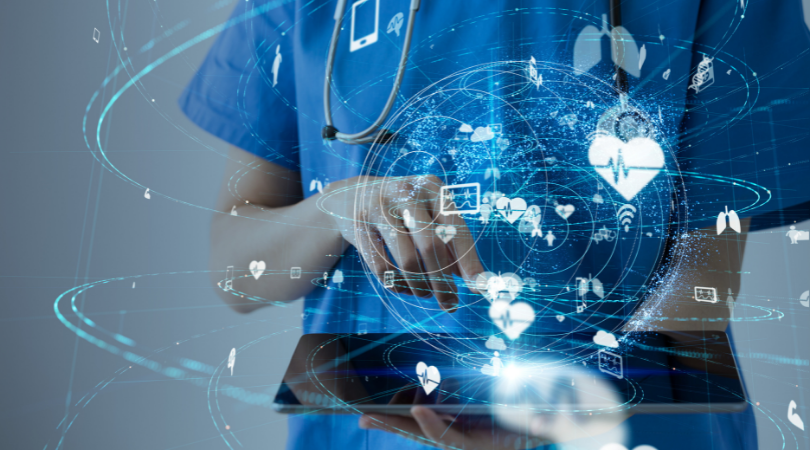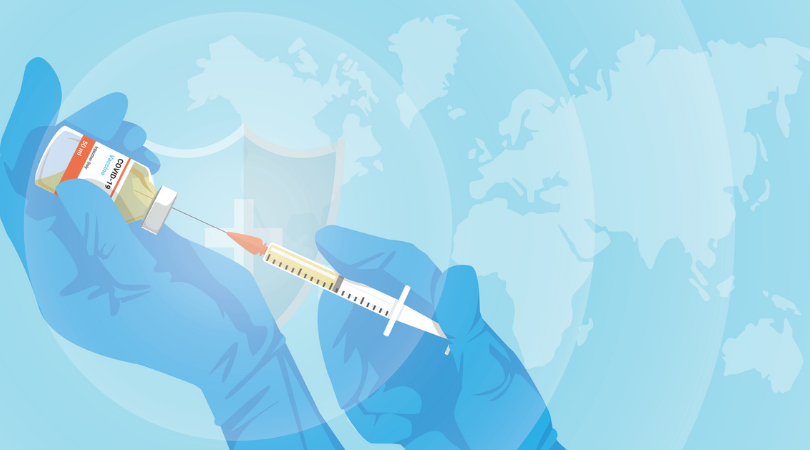In a rapidly evolving pharmaceutical landscape, staying ahead of emerging trends is more critical than ever. For pharmaceutical companies, consultancies, and stakeholders, understanding industry dynamics ensures long-term competitiveness and sustained growth. The pharmaceutical sector is undergoing significant transformations fueled by technological innovation, regulatory adjustments, and market disruptions accelerated by global events such as the COVID-19 […]
Healthcare Trends to Watch Out for in 2025
As 2025 unfolds, the healthcare sector stands at a critical intersection of technology, policy, and demographic transformation. With aging populations increasing demand, rising chronic illness burden, cost constraints, and rapid innovation cycles, the sector is experiencing unprecedented disruption. This article dives into the most important healthcare trends in 2025, analyzing their origins, current momentum, and […]
Precision medicine: a new era of treating patients, not diseases
“The observation that patients with the same clinical diagnosis or symptoms respond differently to the same treatment has led to the development of Precision Medicine (PM), a novel therapeutic approach that relies on biological information and health data from patient tiers to develop tier-specific treatments that lead to better health outcomes.” PM is the evolution […]
Unlocking Vital Data: Healthcare Data Analytics
A massive amount of data is generated every second by billions of active users across many devices, such as computers, tablets, and mobile phones. Over the past decade, from 2010-2020, the amount of data created increased by an astounding 5,000%. Data is everywhere, but it is worthless unless it is properly processed and analyzed. In […]
Telemedicine: What Does the Future Hold?
Amidst the growing global coronavirus caseload, and the saturation of healthcare systems across the world, the concept of telemedicine has seen a rapid and pronounced rise to prominence. But just what is telemedicine? The World Health Organization defines it as “The delivery of health care services, where distance is a critical factor, by all healthcare […]
Placebo and Nocebo effects in Healthcare
COVID-19 Vaccines and the Nocebo Effect Ever since Covid-19 vaccines were approved in December 2020 (if not before) public opinion has been strongly polarised between supporters of the life-saving drug (which include the vast majority of the medical and scientific communities) and skeptics. While most of the skeptical positions regarding the need or efficacy of […]
Healthcare: Is the industry ready for Big Tech disruption?
In recent years, Big Tech companies’ interest in the healthcare industry has strengthened. The global pandemic accelerated Big Tech’s march into a sector experiencing a digital revolution and generating an ocean of data. Today, after making vast fortunes from processing data, these companies are orienting their expertise to healthcare and are very keen to offer […]
The legalization of Cannabis in Morocco
On the 2nd of December 2020, a landmark decision by the Commission on Narcotic Drugs (CND) highlighted a shift towards ‘Cannabis Legalization in Morocco’. The UN’s main drug control body removed cannabis from its list of most dangerous drugs, a move reflecting changing attitudes and setting the stage for significant legal and economic developments in […]
Covid-19 vaccination: Is the world winning the war?
Today some countries are progressing more rapidly than others in terms of covid-19 vaccinations. In this article, we will look at the cases of Israel, the UAE, and Morocco, and how successfully they have administered their inoculation campaigns. Then we will cover the issue of vaccine access inequality, and the reasons behind the gap between […]
Artificial intelligence, a key tool to improve the African health system
According to a new report by Novartis Foundation and Microsoft, investment in data and artificial intelligence (AI) will be a key tool for improving health systems during and after the COVID-19 pandemic in Africa. Released on September 9, 2020, the report “Reimagining Global Health through Artificial Intelligence: The Roadmap to AI Maturity”[1] concludes that low-income […]









